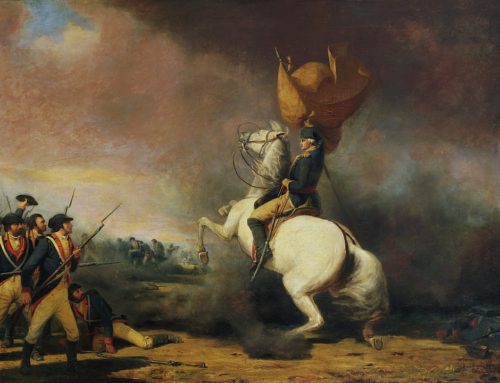“Henry Ford influenced more lives than any man alive. It will take a hundred years to tell whether you have helped us or hurt us, but you certainly did not leave us like you found us.”
–Humorist Will Rogers
Introduction
I have spent significant time looking for data that could help me teach a possible course on economic history of the United States from 1900 until the present. In that pursuit I have been reading a book, Daily Life, 1920-1940.
Automobiles and the Construction of Daily Life
Since the dawn of the industrial age, the benefits of innovation have increased productivity and reduced the physical labor required for output. On the other hand, many workers became redundant, leading to significant hardships especially given that many on the unemployed did not possess the work skills to remain viable.
We are all looking forward to the modern-day holy grail that will enhance our life similar to the steam engine, internal- combustion- engine propelled vehicles, electricity, anti-biotic, etc.
In reading Daily Life in the United States, 1920-1940, I came across data of such immense importance that I feel compelled to share it with you. As we look to the future, we hope that the introduction of new technologies will enhance productivity significantly. The challenge is that our work force obtains the educational skill sets necessary to remain viable members of the work force.
In brief, the mass construction of automobiles and tractors totally changed American’s daily lives during the 1920’s. In 1920, about one-third of Americans owned a car, up from 1 out of 13 in 1914. By 1929, almost 80% of Americans owned a car. Truck and tractor ownership tripled to 3,5550,000 trucks and 840,000 farm tractors. The one exception was the South. This region remained impoverished and thereby precluded significant ownership by its populace.
By the end of the decade, one in eight U.S. workers were involved in the production, sales, service, and fueling of automobiles. It changed the way people worked, conducted their business, shopped, spent leisure time and resided. The workforce engaged in sales grew to 4.3 million, professional and technical work 3.3 million, and managerial 3.6 million.
Henry Ford was the primary catalyst in creating this change. His greatest innovation was the replacement of individual construction crews with the moving assembly line. The Model T was reliable and comparatively inexpensive to operate.
While Ford opened the mass market for automobiles, General Motors reshaped the market, introducing consumer credit for the first time. While Ford focused on making a cheap car, General Motors’ introduction of consumer credit made cars affordable and enabled people through monthly payments to pay more for an automobile that possessed desirable options that Ford did not offer. General Motors sought to make the best car for the price, (instead of the lowest priced car) introducing low-price Chevrolet, mid-range Oldsmobile, upscale Buick and luxurious Cadillac. For example, the hydraulic brake made cars safer and the closed car stimulated sales.
Advertising became important to provide fresh incentives for the purchase of new cars. General Motors led the way by redesigning car fenders and dashboards to distinguish each year’s model changes.
The popularity of cars facilitated the widespread adoption of new building techniques to the suppliers of parts—glass windows, rubber tires, upholstery, etc. Furthermore, to sell a large number of cars led to other white-collar employment—public relations, finance, marketing, and advertising.
By 1929, there were 44 companies making cars, down from over 300 at the turn of the century. 80% of all cars were made by Chrysler, Ford, and General Motors.
Communities changed because people could live further from their work and/or were not dependent upon trolley cars or trains.
In 1914 Henry Ford introduced the $5 day, which forced other employers to raise their wages so that workers no longer lived merely on subsistence. In addition, Ford hired African Americans, Hispanics, ex-convicts.
Other industries followed Ford’s example—vacuum cleaners, washing machines, and radios. This work placed a premium on quick, nimble movements done repeatedly. When a worker slowed down, he was replaced. 30% of workers had skilled trades—painting, upholstering, carpentry, welding.
Agriculture
The tractor transformed the family farm working life. Tractors rendered fieldwork less strenuous and time-consuming. Working behind horses meant the farmer was “in direct line of all discharged solids, liquids, and gasses. The farmer spent 250 hours a year caring for draft animals, and no longer had to set aside feed for the draft animals. In addition to being able to use more land, agriculture production rose per acre. The increase in production and the loss of European markets accounted for the surpluses in the 1920’s and disastrous decline in prices. Prior to the 1930’s Great Depression that impacted urban areas, rural areas suffered grievously in the 1920’s.
Similar to the automobiles, the only exception to mechanization was the South because tenant farmers and sharecroppers did not have the annual production necessary to justify the cost of a tractor.
Mechanized farming brought a more modern way of life, but also a set of burdens. A mechanized farm required more capital and better record keeping. The farmer now needed mechanical and financial sills as well as agricultural knowledge. Business negotiations, credit anxiety, and management tasks replaced the drudgery of the fields.



